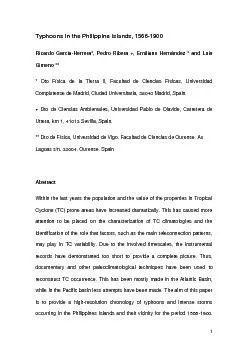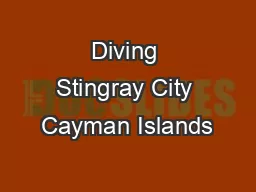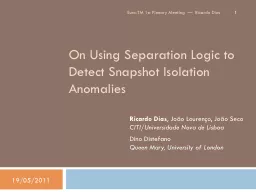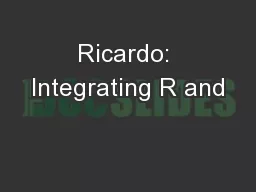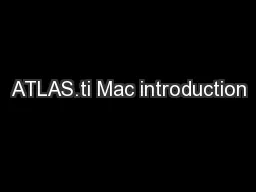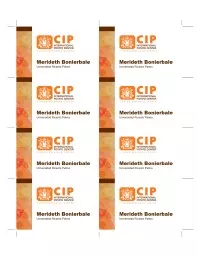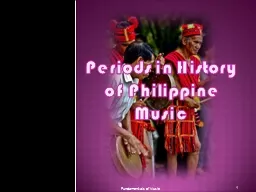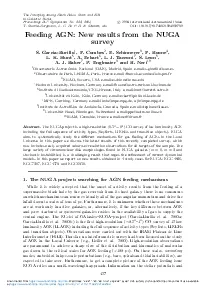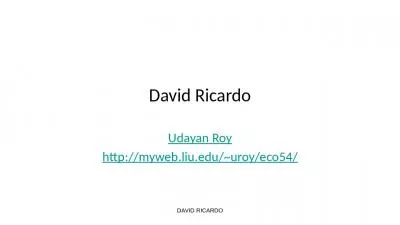PDF-1Typhoons in the Philippine Islands, 1566- Ricardo Garc
Author : tatyana-admore | Published Date : 2015-11-22
2The original work was made by the Spanish Jesuit Miguel Selga at the beginning of the 20th century The sources reliability and completeness of the chronology are
Presentation Embed Code
Download Presentation
Download Presentation The PPT/PDF document "1Typhoons in the Philippine Islands, 156..." is the property of its rightful owner. Permission is granted to download and print the materials on this website for personal, non-commercial use only, and to display it on your personal computer provided you do not modify the materials and that you retain all copyright notices contained in the materials. By downloading content from our website, you accept the terms of this agreement.
1Typhoons in the Philippine Islands, 1566- Ricardo Garc: Transcript
Download Rules Of Document
"1Typhoons in the Philippine Islands, 1566- Ricardo Garc"The content belongs to its owner. You may download and print it for personal use, without modification, and keep all copyright notices. By downloading, you agree to these terms.
Related Documents

